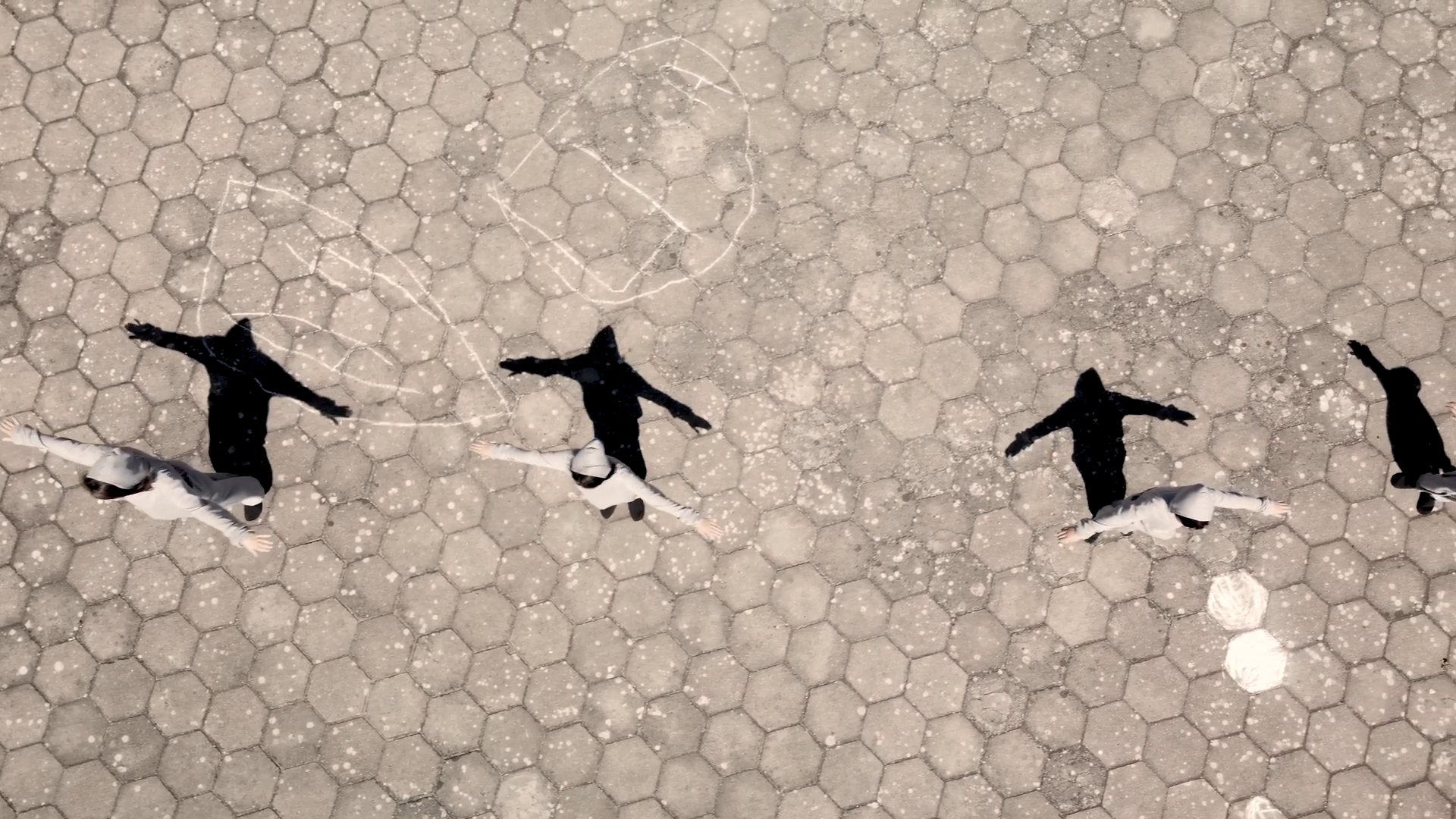
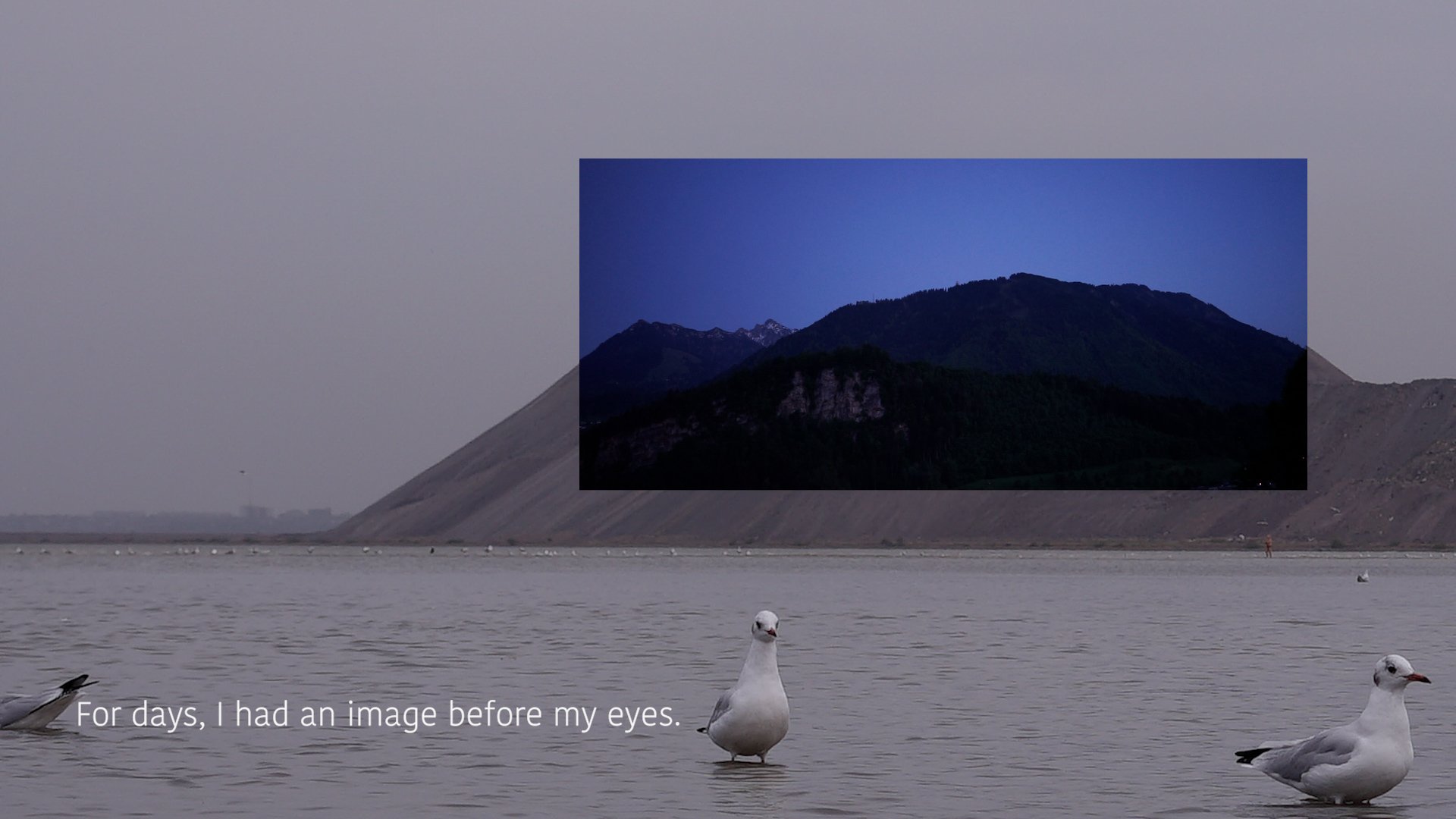
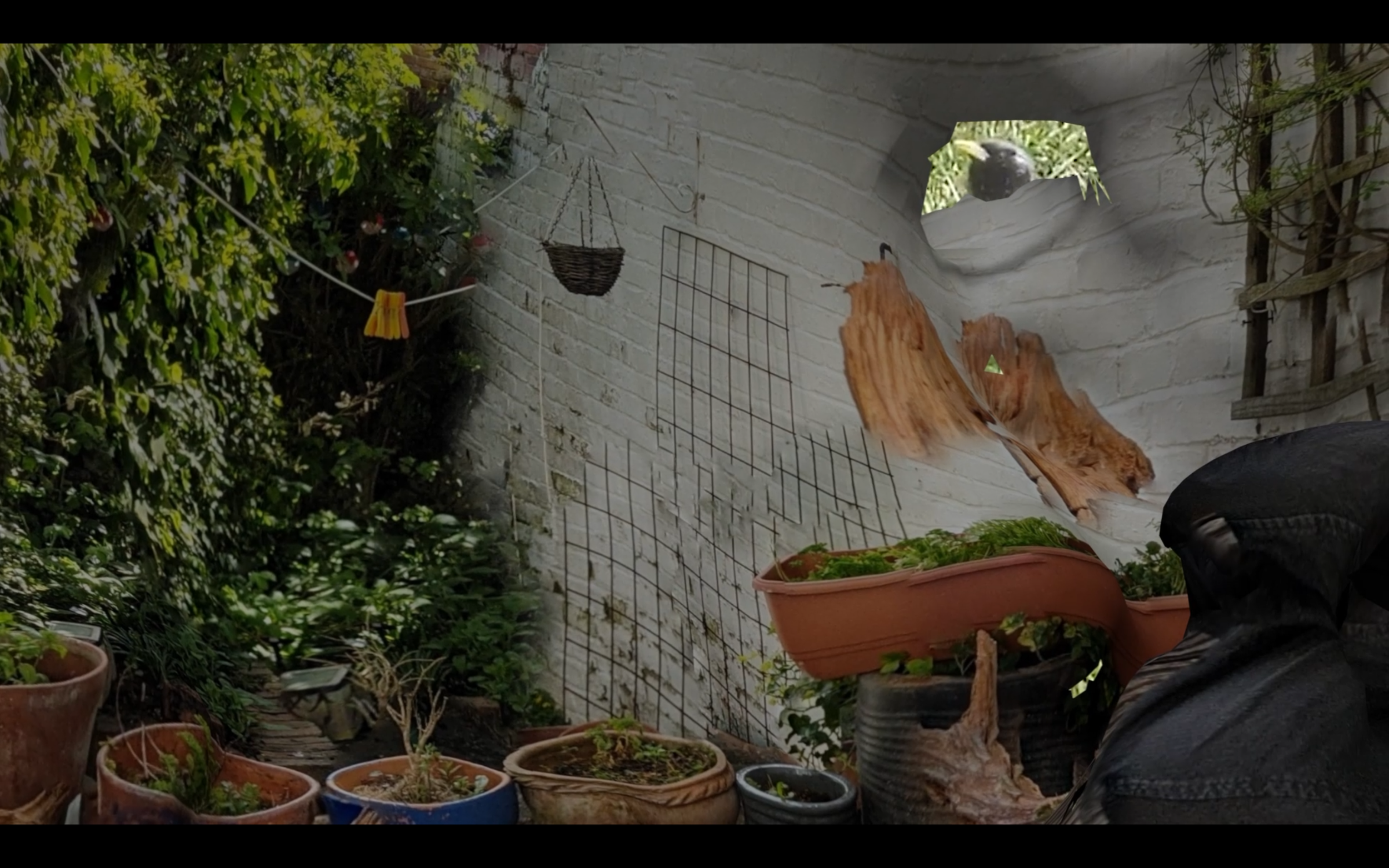
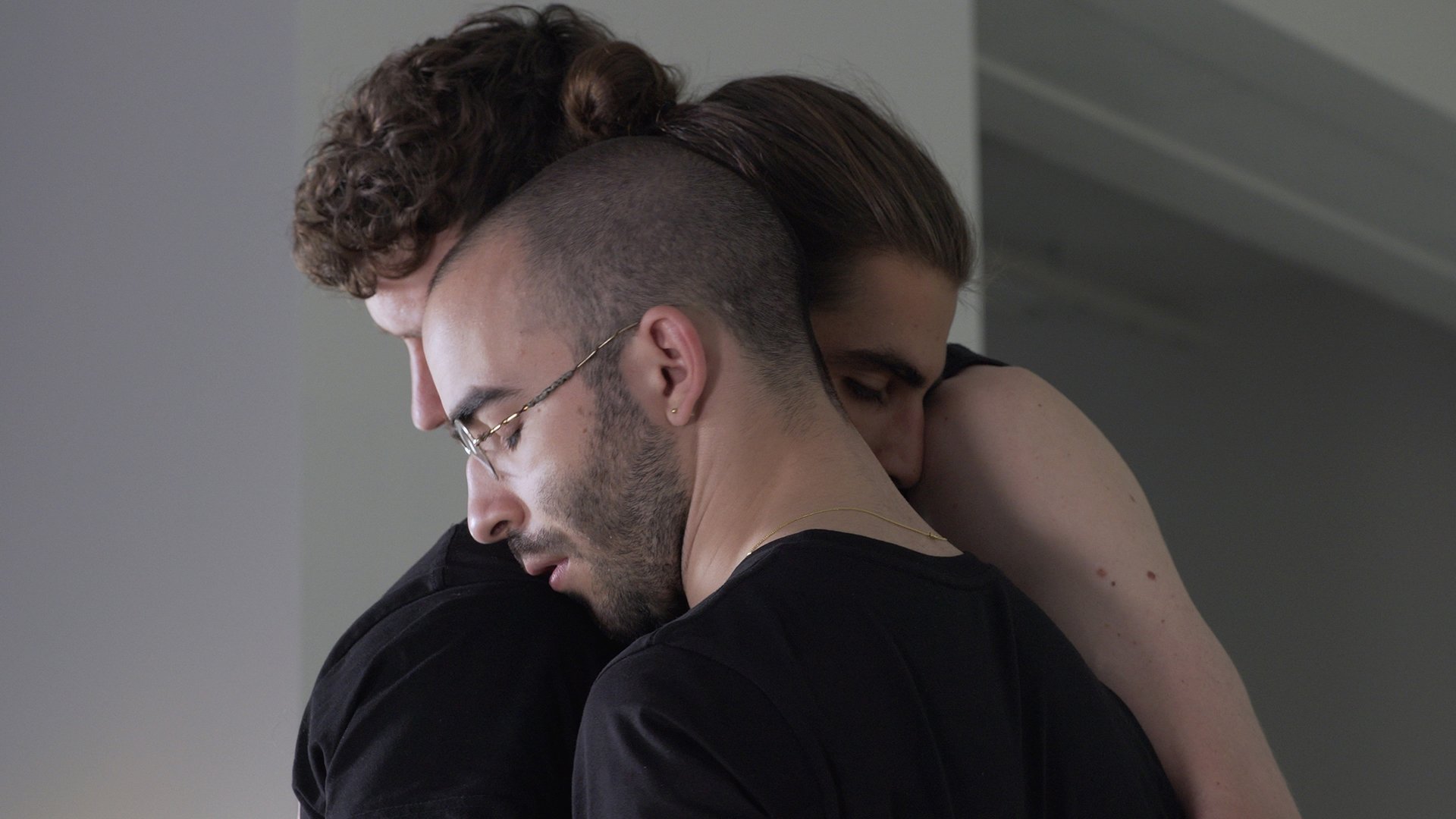
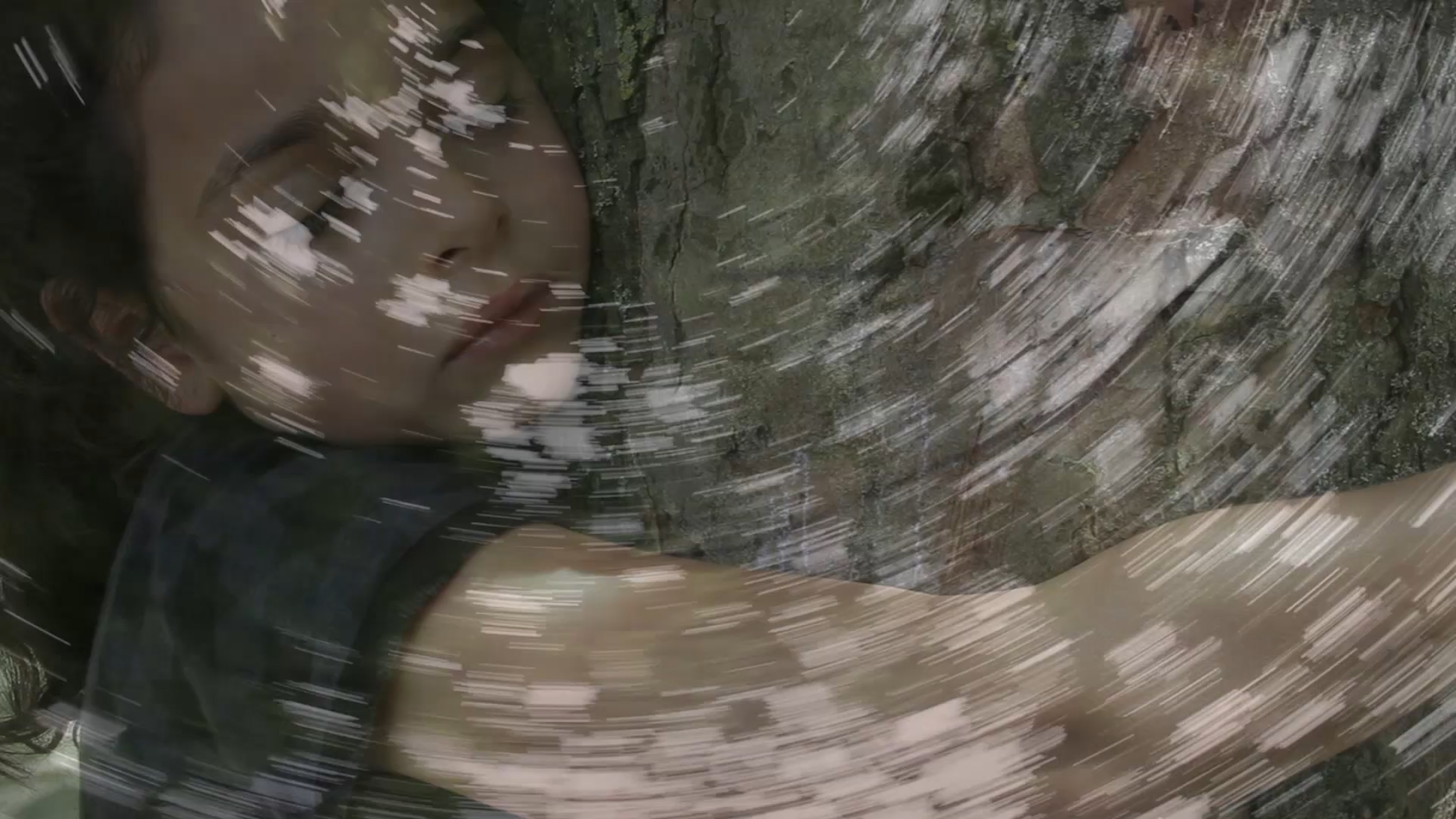
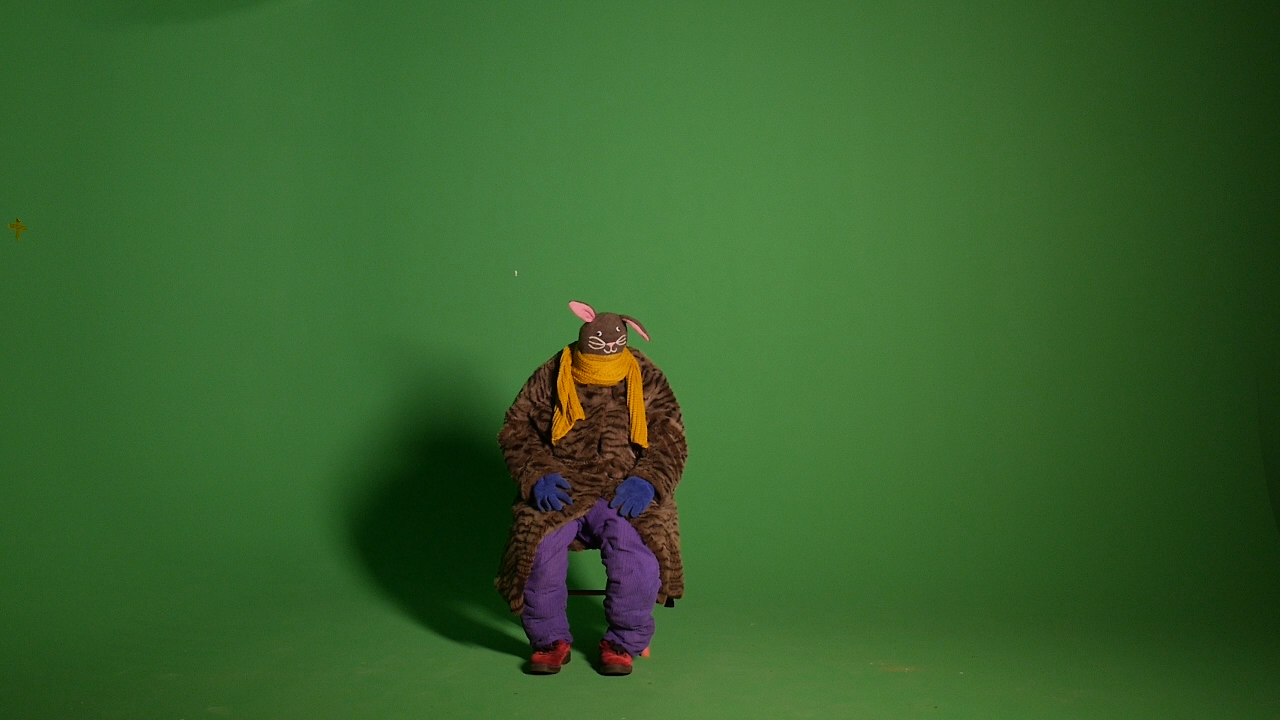
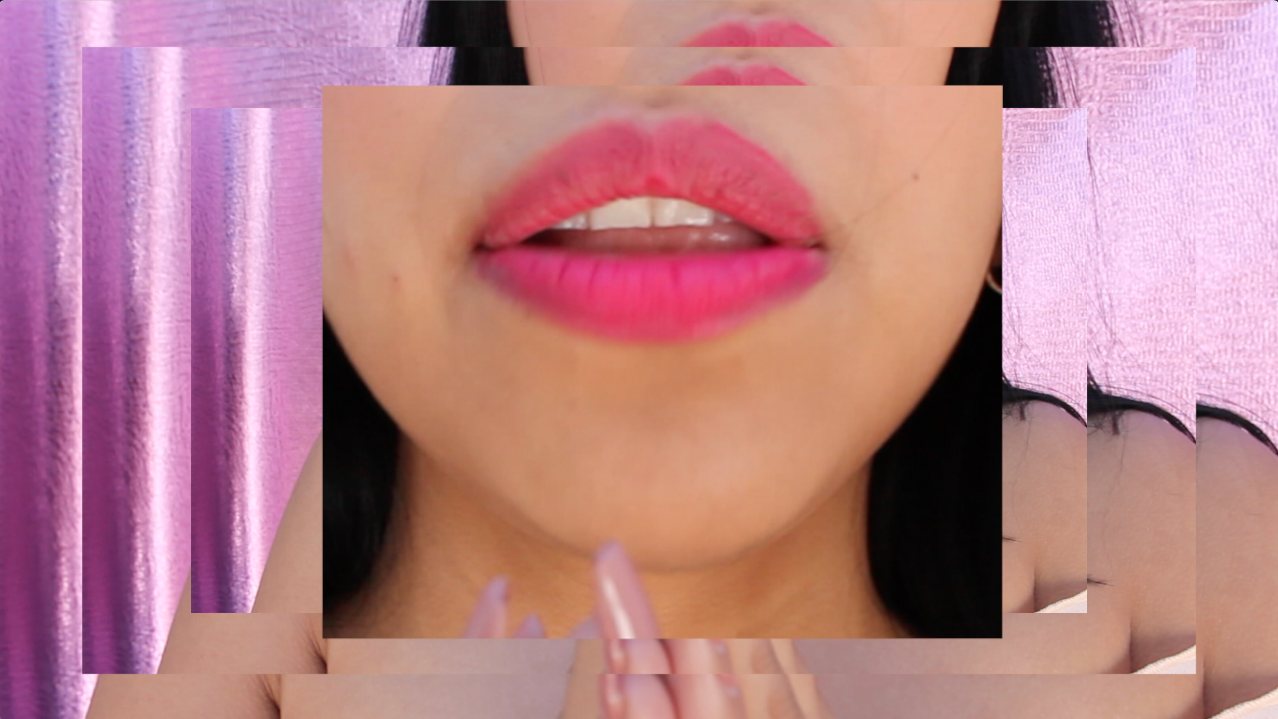
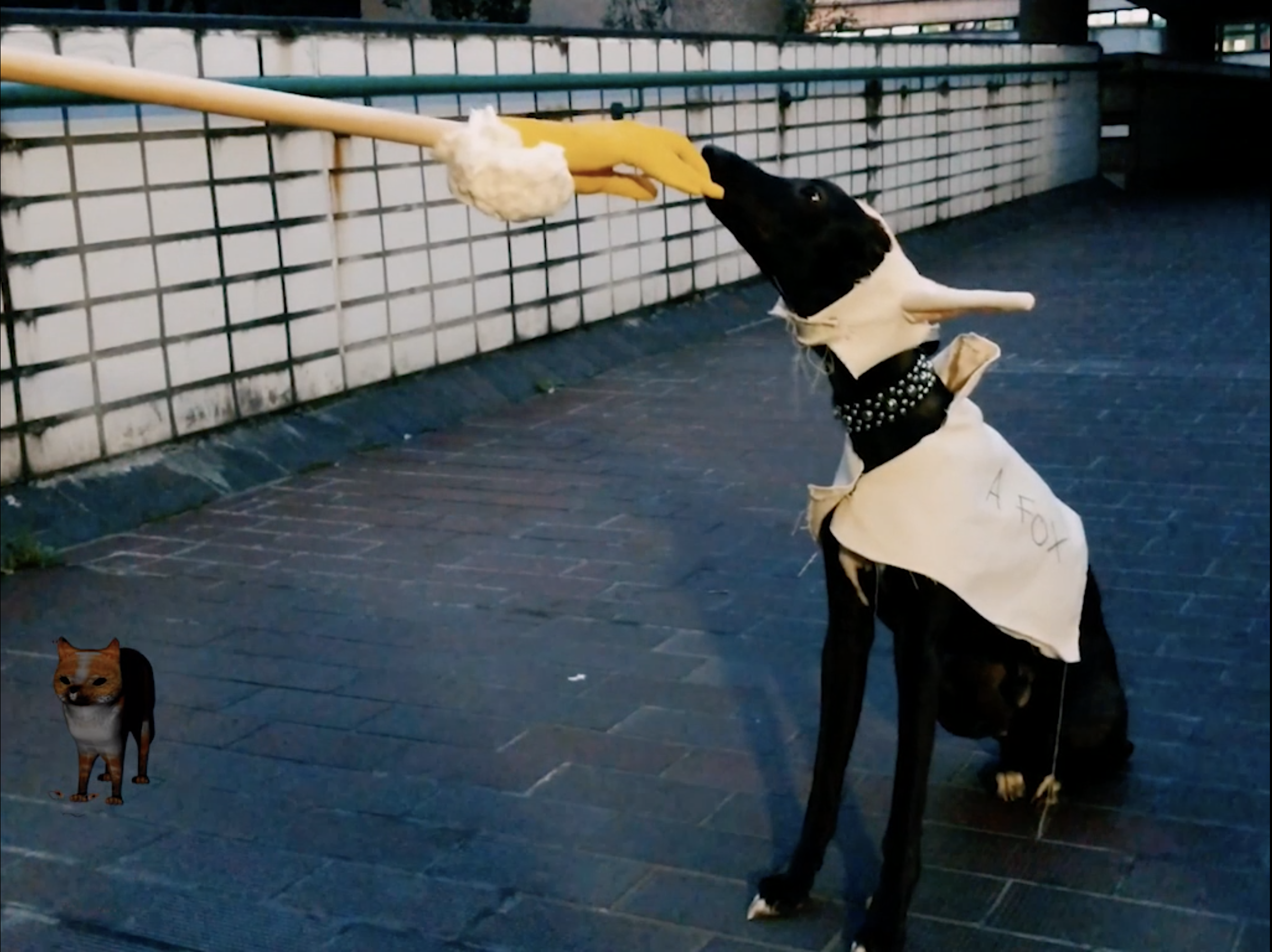

Utopia Today
6.10.–17.12.2023
Opening on 5th October at 16:00, meeting point STARTraum, Löwinnenhof*, Linzer Straße 16
various locations across St. Pölten
-
Videocity St. Pölten bringt nun schon zum dritten Mal Videokunst mitten in den Alltag von vielen. Dabei werden kurze Videos von österreichischen und internationalen Künstler:innen zum Thema „Utopie im Heute“ gezeigt. Typisch für den öffentlichen Raum ist, dass die Stadt die Tonspur der Videos bildet oder eine allfällige ersetzt. Zufälligkeiten des Alltags greifen in die Kompositionen ein. Die Umgebung erlaubt es, die Videoarbeiten in der Stadt St. Pölten in einem neuen Licht zu sehen.
Mit dem Video-Zyklus im Jahr 2023 unterscheidet sich die Darstellung von „Utopie“ von der kunstgeschichtlichen Tradition. Hierzu zählt, dass man sich auch vom Begriffspaar „Utopie“ und „Dystopie“ verabschiedet. Im Zentrum steht nicht die Frage: „was wäre, wenn?“, sondern „was können wir jetzt tun?“. Es soll nicht um eine künftige ideale Welt gehen, sondern um die Taten, die jede Person im Hier und Jetzt machen kann, um die Welt zu verbessern – sei es in kleinen Schritten im Alltag. Dieser Zyklus zielt darauf ab, kritische Stimmen zu verstärken, die sich weder auf das Positive noch auf das Dystopische konzentrieren, doch hoffnungsvoll bleiben.
Während die utopischen Tendenzen der 1960er Jahre sich stark in den Bereichen Design, Architektur und Film manifestierten und in der Mondlandung 1969 kulminierten, gerierten sich die utopischen Hoffnungen der 1990er Jahre nach Fall des Eisernen Vorhangs auch in den darauffolgenden Jahrzehnten eher als dystopisches Verhältnis, da die Osthälfte Europas nur allmählich in ein Gesamtgefüge gebettet werden konnte. Nach den Krisen von 2001, 2008, der Notwendigkeit einer Klimagerechtigkeitsbewegung, der Pandemie und schließlich dem Angriffskrieg auf die Ukraine kippten die einstigen utopischen Erwartungen und wurden zusehends in ein dystopisches Szenario verwandelt, aus dem es vorerst keinen Ausweg zu geben scheint.
Den Künstler:innen des Projektes „Utopia im Heute“ geht es jedoch nicht darum, existierende Dystopieszenarien zu verhandeln, sondern zu versuchen, utopische Momente in der Gegenwart aufzuspüren, auch wenn diese nur eine minimale Sichtbarkeit aufweisen, und diese künstlerisch ins Bild zu setzen. Es handelt sich dabei auch um eine junge Generation, die von der Geschichte weniger belastet ist und die Möglichkeiten des digitalen Zeitalters voll ausschöpft, wodurch Parallelwelten zu den aktuellen politischen Konstellationen geschaffen werden. Ebenso kommt es zu einer Auflösung klassischer Gender Modelle und einer Fluidität der Identitäten, die neue Parameter für eine mögliche Zukunft schafft.
(Walter Seidl)
Präsentiert werden 20 Videos von 17 Filmemacher:innen auf Monitoren in Schaufenstern bzw. im Innenraum von Institutionen der St. Pöltner Innenstadt sowie im Festspielhaus St. Pölten und der FH St. Pölten. Auch wenn eine Tonspur vorhanden ist, werden die Videos ohne Ton ausgestellt. Die Geräusche der Umgebung ersetzen eine allfällige Tonspur. Es gibt bei Innenraum-Präsentationen die Möglichkeit, via Kopfhörer den Originalsound anzuhören: Das Publikum kann die Unterschiede in der Wahrnehmung damit selbst überprüfen. Bei Famos Delikatessen können über QR-Codes virtuelle Filme generiert werden.
-
Videocity St. Pölten brings video art into the everyday life of the city for the third time presenting videos by Austrian and international artists on the theme of "Utopia Today". As the videos are presented in public space, the city becomes the soundtrack of the videos and coincidences of everyday life intervene in the compositions. The surroundings allow the works to be seen in a new light in the city of St. Pölten.
The 2023 video cycle differs from the representation of "utopia" in the art historical tradition. Our approach includes saying goodbye to the antonyms "utopia" and "dystopia". The focus is not on the question: "what if?" but "what can we do now? It is not supposed to be about a future ideal world, but about the actions that every person can do here and now to improve the world – be it small steps in everyday life. This cycle aims to amplify critical voices that focus neither on the positive nor on the dystopian, yet remain hopeful.
"While the utopian tendencies of the 1960s manifested themselves strongly in the fields of design, architecture and film, culminating in the moon landing in 1969, the utopian hopes of the 1990s, after the fall of the Iron Curtain, also proved to be more of a dystopian relationship in the decades that followed, as the eastern half of Europe could only gradually be embedded in an overall structure. After the crises of 2001, 2008, the need for a climate justice movement, the pandemic and finally the war of aggression on Ukraine, the former utopian expectations tilted and were visibly transformed into a dystopian scenario from which there seems to be no way out.
However, the artists of the cycle "Utopia Today" are not concerned with negotiating existing dystopian scenarios, but rather with trying to detect utopian moments in the present, even if they have only minimal visibility, and to put them into the picture artistically. This is also a young generation that is less burdened by history and fully exploits the possibilities of the digital age, creating parallel worlds to current political constellations. The project shows a large proportion of videos by younger women artists that mark transformation processes in their lives. Likewise, there is a dissolution of classical gender models and a fluidity of identities and (digital as well as physical) realities that creates new parameters for a possible future." (Walter Seidl, Co-director Videocity Austria)
20 videos by 17 artists and filmmakers will be presented on monitors in shop windows or inside institutions in St. Pölten's city centre as well as in the Festspielhaus St. Pölten and the FH St. Pölten. Even though some videos have a soundtrack, they are exhibited without sound with the sounds of the environment replace any original soundtrack in outdoor location. In the case of indoor presentations, visitors can listen to the original sound via headphones – the audience is invited to experience the differences in perception. At Famos Delikatessen, virtual films can be generated via QR codes.
Vernissage – 5 October 2022, 16:00 at STARTraum, Löwinnenhof*, Linzer Straße 16, 3100 St. Pölten.
Videocity is excited to announce its third Stadtparcours in St Pölten with works by 20 artists. More information coming soon.
Curated by Dr Andrea Domesle, Dr Walter Seidl and the Videocity team.
Locations and artists:
1.) STARTraum, Löwinnenhof*, Linzer Straße 16
Wednesday to Sunday, 10:00 to 19:00
22.10.–17.12.2023
Filippo Berta, Abdulnasser Gharem, Marko Zink
2.) Stadtmuseum St. Pölten, Prandtauerstraße 2
Inside during opening hours Wednesday to Sunday, 10:00 to 17:00.
Petra Gerschner, Zoya Laktionova, Karin Písaříková
3.) Famos Delikatessen, Domgasse 10
Daily 9:00 to 22:00
Markus Wintersberger
4.) Landestheater Niederösterreich, Foyer Großes Haus, Rathausplatz 11
One hour before the performances and during the performances
Yana Bachynska, Sergey Bratkov
5.) Landestheater Niederösterreich, Theaterwerkstatt Eingang, Roßmarkt 22
One hour before the performances and during the performances
Yana Bachynska, Sergey Bratkov
6.) Cinema Paradiso, Passage, Rathausplatz 13
Daily 10:00 to 22:00
Edlyn Castellanos, Ferhat Özgür, Johanna Reich
7.) Festspielhaus St. Pölten, Kulturbezirk 2, 3100 St. Pölten
One hour before the performances and during the performances
Youngjoo Cho, Conny Karlsson Lundgren, Paulina Ruiz Carballido
8.) Fachhochschule St. Pölten, Foyer B, Campus-Platz 1, 3100 St. Pölten, Foyer
6.11. - 2.12.23 Monday to Friday, 10:00 to 15:00, Saturday 10:00 to 12:00
nagl~wintersberger, James Stephen Wright, James Stephen Wright & Polina Chizhova
9.) Collaboration with “Lucid Dreams. Festival für Experimentelle Medien“ on 24th and 25th November 2023
Stage in the courtyard. Videocity guest contribution: nagl~wintersberger, James Stephen Wright
